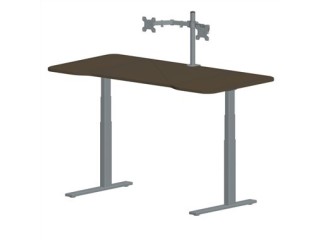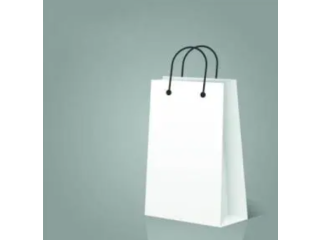Why Hot Foil Stamping Helps Packaging To Shine Aziendale
2 years ago Industriale Bolzano 335 Visto Reference: 41Location: Bolzano
Prezzo: Contattaci
Why Hot Foil Stamping Helps Packaging To Shine
Differentiation. It’s what every brand owner wants for their product, but in increasingly crowded markets, it is becoming harder and harder to achieve.
Brand owners know that packaging is the key differentiator on the shelf, and special finishing techniques – such hot foil stamping and thermal embossing – can elevate their product compared to others, and provide consumers with a visual shortcut to the quality of what’s inside.
Hot foil stamping is the process of using heat and pressure to apply metallic foil or holograms to materials such as light papers, carton board, laminated board, plastics and corrugated board.
“In a world where we have very mature markets with limited opportunity for major growth, there is no question that products need to differentiate themselves somehow,” said Jacques Reymond, head of product marketing Business Unit Sheet-fed at BOBST. “Hot foil stamping helps to reinforce the value to the product and is often associated with premium products. Ultimately, the box is a marketing instrument, and by using hot foil stamping, you can convey the quality of what it inside.”
The term can encompass simple flat foil stamping, deep embossing or embossing combined with foil stamping, hologram and holographic foil application and foil stamping combined with micro & structural embossing. Traditionally, gold or silver are the most common colors used for foiling, but a wide range of colored foils are available.
Application across industries
Hot foil stamping is used across a wide range of industry sectors, but most notably in food and drink (particularly confectionary such as premium chocolate, wine and liquor bottles, and other premium foods), cosmetics, electronics, banknotes, business cards, greeting cards and art work.
There is no doubt about the value of embellishments like cold stamping foil. According to a study by the Foil & Specialty Effects Association (FSEA), hot foil stamping and other similar enhancements on product packaging can help attract consumer attention faster and keep attention longer than ordinary packaging. In another study of disposable single-serve coffee packaging, the packaging with gold foil attracted the study participants’ attention 2.5 times faster than the control packaging.
It’s not just about looking good. Hot foil stamping is also used for its anti-counterfeiting properties, particularly in pharmaceuticals, and in technology such as smart phones.
The stamp of sustainability
Sustainability is becoming an even bigger priority for brand owners and is in itself a means of differentiation. Many assume that packaging with foil is not recyclable and therefore not sustainable, but a study by the FSEA on the recyclability and re-pulpability of foil-decorated stock and board validated the recyclability of paper products decorated by the traditional hot stamp foil processes.
In addition, the study found that neither hot nor cold foil-decorated products would give rise to problems that may render the decorated paper products unsuitable for recycling.
How is hot foil stamping evolving?
Hot foil stamping has been around in one form or another for well over 100 years. The process itself has not changed dramatically in that time, but the technology is evolving and enabling better efficiency for manufacturers.
A hot foil stamper may be an offline, stand-alone machine, or may be in line with a printing press and/or other units. While mainly sheet-fed, some high-speed hot foil stampers are web-fed. Whether sheet or web-fed, sophisticated handling systems are needed to position the substrate and foil between the plate or cylinder that holds the dies and that supplying the counter pressure.
“These machines have seen some remarkable advances in recent years,” said Jacques Reymond. “For example, normally, hot stamping foil for paper requires several passes through the machine – the printing, then the enhancement, then the cutting. That’s a lot of movement on the sheet registration. But BOBST integrated a power register in MASTERFOIL 106 PR that overcame that. We are always looking to evolve.”
Reymond is referring to POWER REGISTER 2, which delivers perfect foil-to-print register in MASTERFOIL 106 PR, a hot foil stamper from BOBST associated with the highest quality. It is also packed with clever features like lower beam cam movement, which allows for longer impressions and higher foiling quality, or a foil unwind system that makes changing foils as easy as pressing a button.
BOBST: The hot foil stamping pioneers With more than fifty years of experience in the design and manufacture of foil stamping machines, BOBST has constantly been at the forefront of advances in this technology. From the BOBST SP 1260 BM of the 1960s, through to today’s highly sophisticated equipment, flat bed BOBST presses have pushed forward the boundaries of the hot stamping foil for plastic process. “With over fifty years’ experience in the hot foil stamping market, and several thousand installations worldwide, BOBST is a pioneer in the area,” said Jacques Reymond. “We are well known for providing equipment that is long lasting, and made for high productivity, precision and quality. And we never get complacent; we are always moving forward, always looking to the future to find new ways to improve productivity for our customers.”














